Your Ally in Achieving Healthy Skin

Your Ally in Achieving Healthy Skin and Skin Health Literacy
When it comes to skin health, many of us are more than aware of conditions such as eczema and acne. Another issue that warrants attention is sun-related damage - which can not only lead to pigmentation but also increase the risk of skin cancer.
As dermatologists, Dr Coni Liu and Dr Kong Yan Ling from DermAlly believe that the key to good skin lies in both aesthetic confidence as well as skin that is healthy. This belief drives them in being allies with your skin to deliver skin care that spans medical treatments, aesthetics and a holistic approach to clear, healthy and radiant skin. One of the areas of concern they are focused on is in educating people about moles and skin cancer.
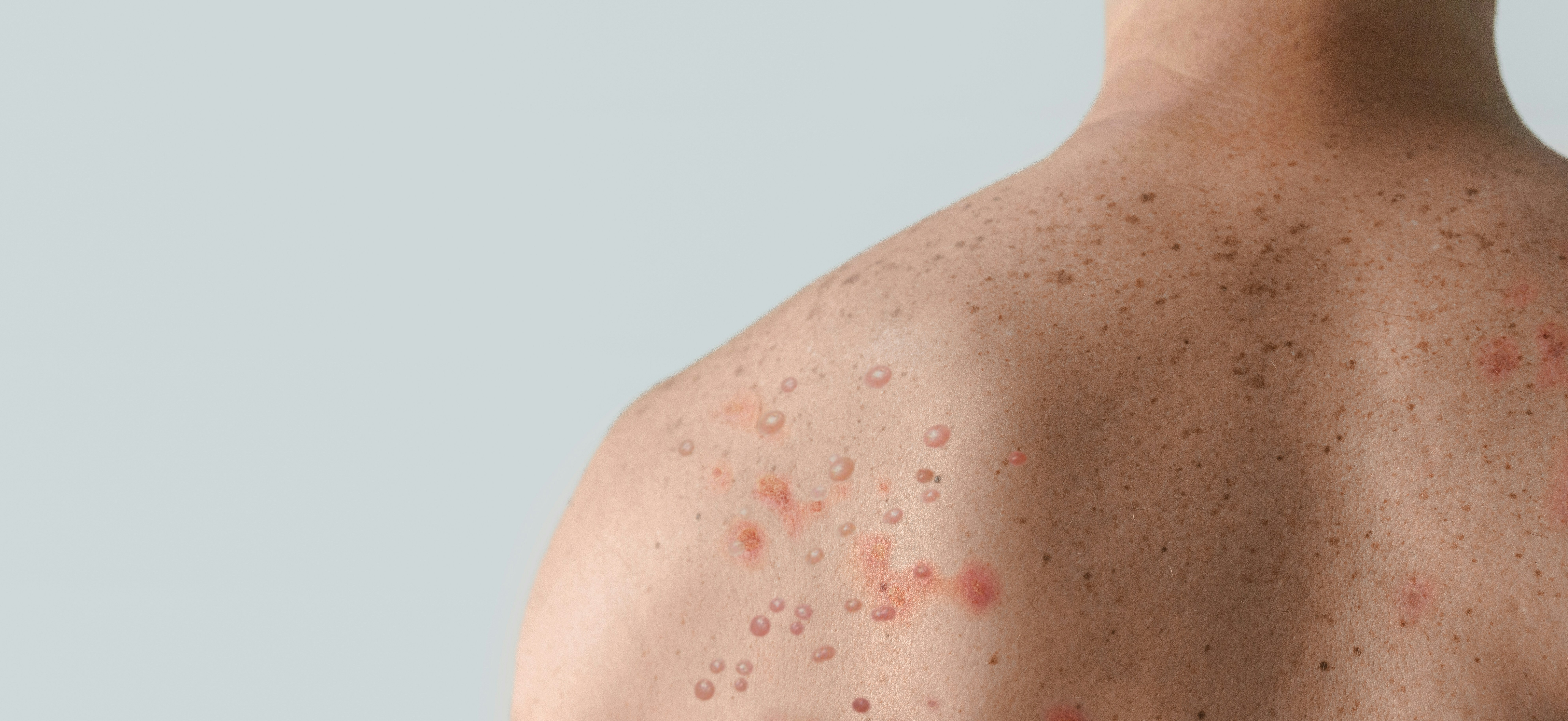
According to Dr Kong and Dr Liu, skin cancers result from the abnormal growth of skin cells. There are two main categories of skin cancers: melanoma and non-melanoma skin cancers (NMSCs).
- Basal Cell Carcinoma is the most common type of skin cancer, and is the least aggressive form. It appears as slow-growing, pearly bumps that are usually red or pale in colour, and may occasionally ulcerate. They can affect any part of the body, but most commonly appear on sun-exposed areas, such as the face and neck.
- Squamous Cell Carcinoma commonly presents as a thick plaque or a red growth that may become ulcerated. They may mimic eczema or may appear as a wound. They tend to occur on sun-exposed sites and are more likely to spread to other parts of the body than Basal Cell Carcinoma, and may be fatal.
- Melanomas are rarer but more deadly as they have a greater propensity to spread if not treated early. Melanomas may develop as a new mole or evolve from an existing mole. They can present as a pigmented growth with irregular edges and with variation in colour. They may have no symptoms but some patients may complain of bleeding, itching or pain.

In Singapore, awareness of skin cancer, its risk and prevention is important, said Dr Coni Liu. “Singapore is located near the equator and experiences high levels of ultraviolet (UV) radiation throughout the year. Prolonged exposure to UV radiation is a major risk factor for skin cancer, hence awareness of this problem and the need for sun protection as prevention is important.”
This is especially important as more people engage in outdoor activities in the year-round tropical climate. This, she added, increases the need to promote sun-safe practices such as wearing sunscreen, protective clothing, and hats to reduce risk of developing skin cancers.

Dr Liu noted that skin cancer rates are rising globally. While the incidence of melanoma skin cancer is relatively low in Singapore (about 0.5 cases per 100,000 people), non-melanoma skin cancer is much more common. Non-melanoma skin cancer is the 6th most common cancer in males and the 7th most common cancer in females in Singapore. “Early detection and prevention can help reduce the burden of this disease,” she said.
For those at higher risk – such as people who are fair-skinned, have many moles, have a history of excessive sun-exposure or if they have family members with a history of skin cancers – self-checks are an essential component of self-care.
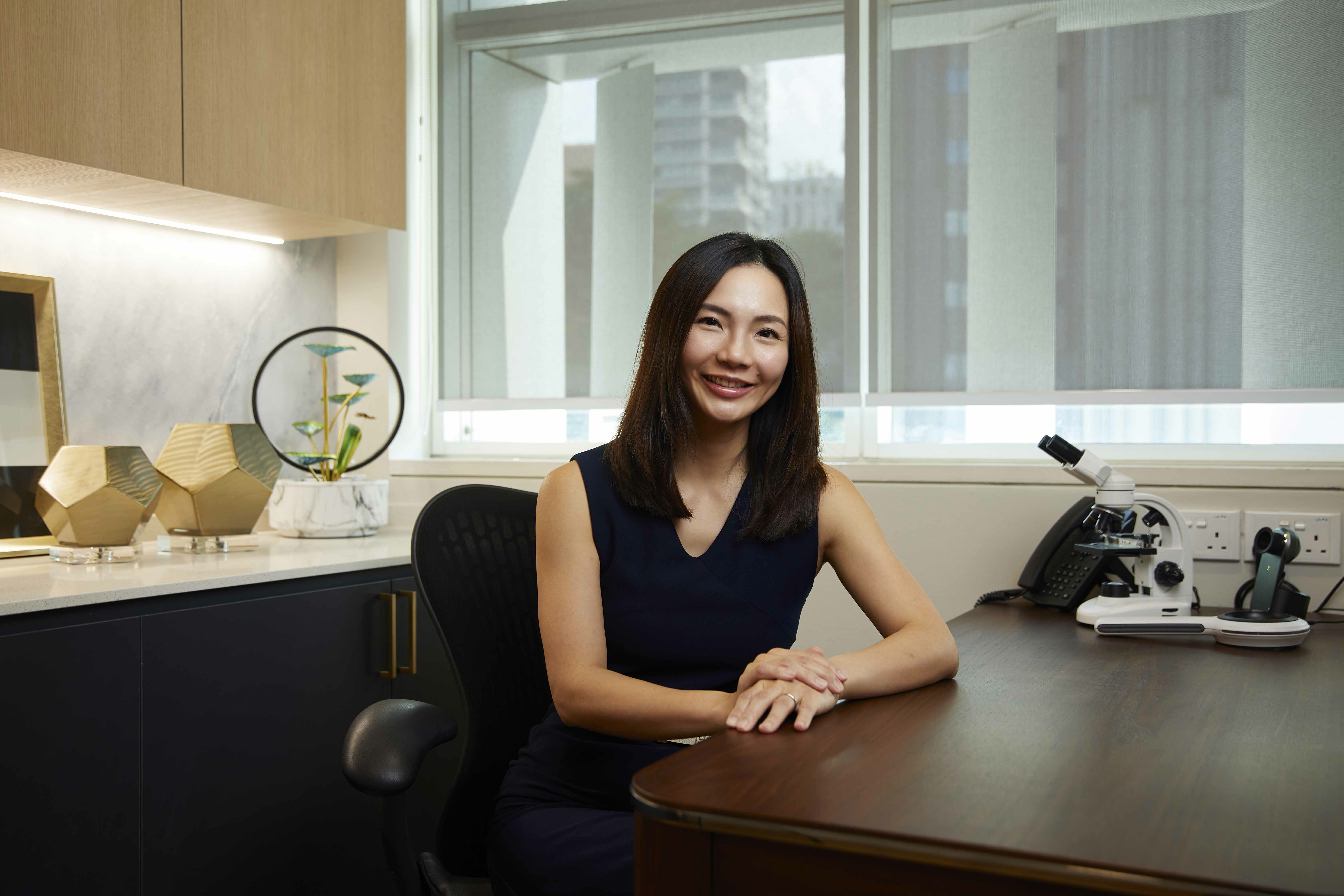
Dr Liu advised that this can be done monthly in a well-lit room with a full-length mirror. Do this examination systemically from head to top, front to back. “For body parts that are harder to examine, such as your buttocks, lower back, back of neck and ears, use a hand-held mirror,” she suggested.
It is also helpful to photograph your moles and a record of them. “Consider seeing a dermatologist if there are new suspicious-looking growths or changes to existing moles.”

Dr Kong highlighted a useful ABCDE guide to keep in mind:
Asymmetry: Imagine a line drawn through the centre of the mole; both sides should look alike
Border: The edges of the mole should not be ragged or blurred
Colour: A mole should be a uniform colour
Diameter: Take special note of moles larger than 6mm (melanomas are usually, but not always, larger)
Evolving: A mole should remain the same and not change in size, shape or colour over a short period of time
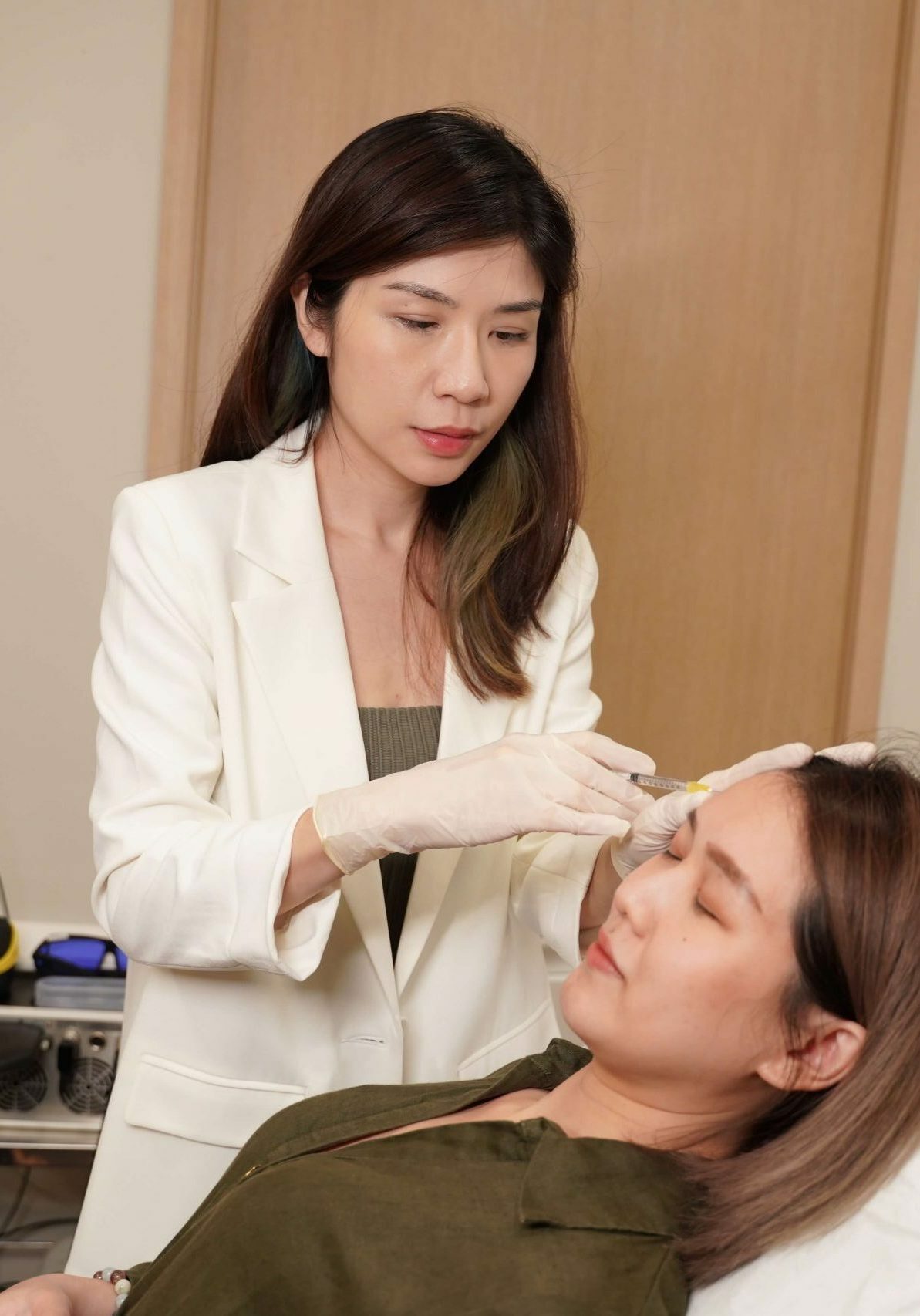
If you notice a large mole that changes over time, that is asymmetrical, has ragged borders and a non-uniform colour, make an appointment to have it evaluated by a dermatologist.
During your appointment, your doctor will do a head-to-toe examination, including hard-to-reach areas such as the scalp, genitals and soles of the feet. A special magnifying device called a dermatoscope may be used.
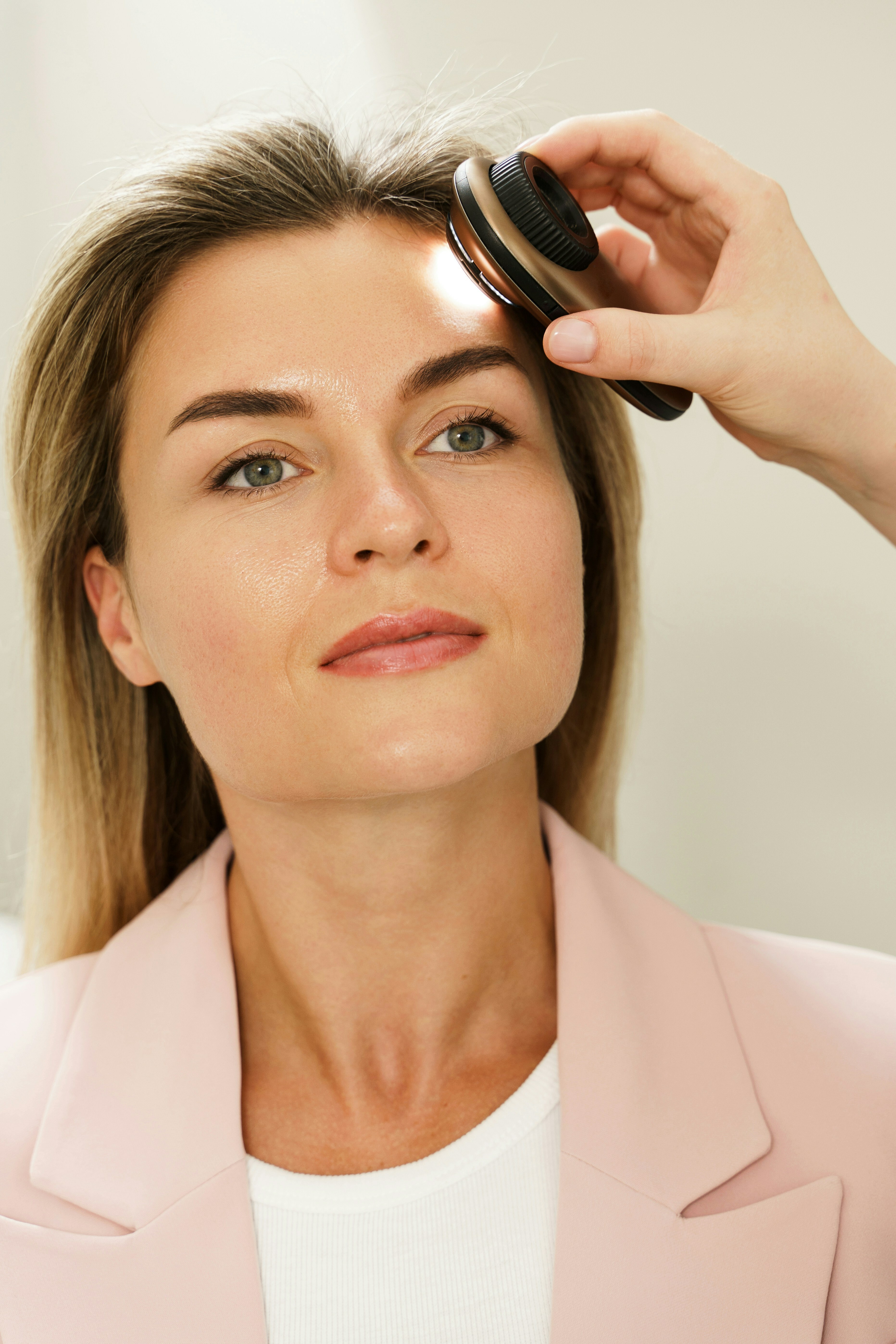
Should there be any lesions that appear suspicious, your doctor may recommend a skin biopsy, which is a simple surgical procedure that partially or fully removes the growth for laboratory analysis. Treatment can be planned upon diagnosis.
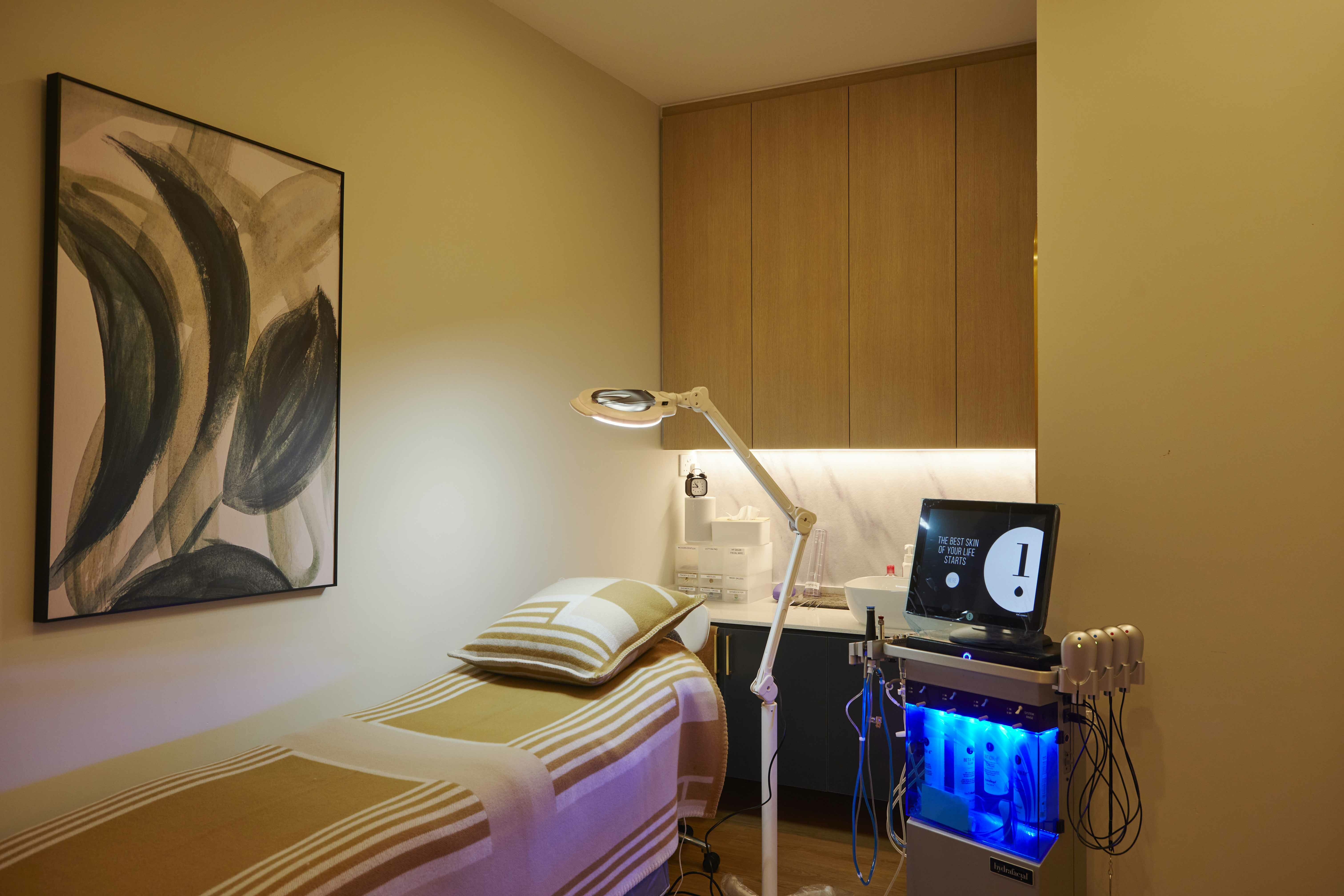
Like many health conditions, regular screening and early detection is important. When it comes to skin cancer, one of the best ways to prevent it is with sun protection. “Protecting yourself against the sun’s harmful UV rays is key in the prevention of skin cancers, especially NMSC,” said Dr Kong.
“It is important to apply sunscreen every day. It is most effective when applied 15 minutes prior to going outdoors. Sunscreen should be reapplied every two hours, especially when engaging in water activities or with heavy perspiration,” she adds.
Dr Liu advises using a broad-spectrum sunscreen that confers protection against both UVA and UVB, and has a sun protection factor (SPF) of at least 30. “Use of protective gear, such as a broad-brimmed hat, sunglasses, long-sleeved tops and long pants can provide additional protection against the sun’s harmful UV rays.”


The information provided in this article is meant purely for general information purposes only and may not be used as a substitute for medical advice, diagnosis or treatment. If you have any questions or concerns about your health, please seek the advice of your doctor or qualified healthcare provider. The views, information or opinions expressed in this article are solely that of the writer and the interviewees and do not necessarily reflect those of, and are not endorsed by, Camden Medical.

